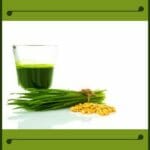
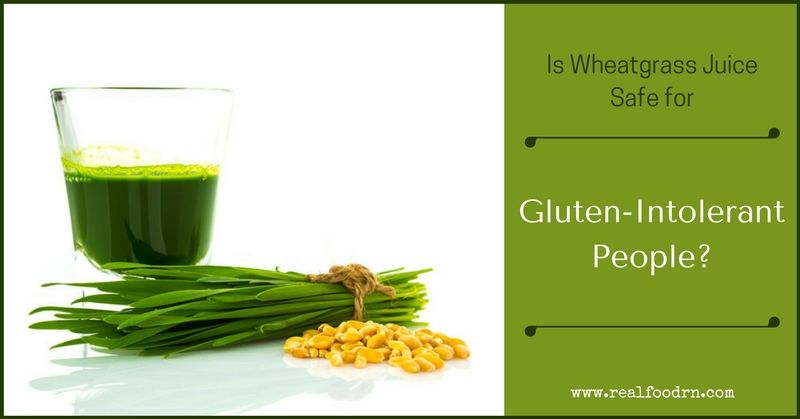
Wheatgrass juice looks self-evidently good for you. It’s a gorgeous emerald green, brimming with energy and health. Healthy-looking people drink it. It’s alive, growing there right in front of you at the juice bar. It is very healthy for you but some of us have to as the question: does wheatgrass juice contain gluten?
If you have read my post 9 Amazing Wheatgrass Juice Benefits you know how nutritious it is. You know that wheatgrass contains so many good things like:
- Iron
- Chlorophyll
- Vitamins A, C, and E
- Magnesium
- Calcium
- Amino acids
Does Wheatgrass Juice Contain Gluten?
It’s wheat grass. And if you’re gluten intolerant, gluten sensitive or have IBS, Celiac or Crohn’s disease, you spend a good part of your day studying labels and making sure you do whatever you can to keep wheat out of your body. Because wheat is the main source of gluten. The same stuff that can make you feel terrible.
You’re used to decoding menus, jar labels, food manufacturers’ terms like ‘stabilizers,’ ‘dextrin,’ ‘emulsifiers,’ and ‘modified food starch.’ You do your homework to find the hidden gluten in everything from bread to salad dressing. Wheatgrass juice looks like a no-brainer: wheat = bad, right?
Well, it’s not that easy or straightforward. Many experts say that wheatgrass juice (and barley grass juice, for that matter) do not contain gluten if they are made from the shoots only. Gluten only occurs in the grains or seeds of grass plants like wheat, barley, and rye. However, other experts say that wheatgrass can only be gluten-free if it’s cut at a length between 2 and 9 inches. This ensures that the part used is far enough from the sprouting seed it’s growing from and not yet mature enough to have started developing seed heads.
So, if you see the wheatgrass growing in its little box in the juice store or juice bar
and
- the grass is only stems or shoots, with no seed heads
and
- you see the juice maker cut the shoots and put them in the blender (a blender only used with gluten-free ingredients)
and
- the store looks clean, with minimal risk of cross-contamination with gluten-containing ingredients,
then the juice should be safe for you to drink.
As always, depending on your level of sensitivity or reactions, you might be fine to go ahead and drink the juice, but if you have any doubts whatsoever, order something else. And of course, if you’re making your own juice at home from home-grown wheatgrass, and you have a gluten-free kitchen and uncontaminated appliances, you can feel safe drinking it.
Three Words to Remember
You are probably already very familiar with these three key words to remember when living a gluten-free life:
- Trust
- Cross-contamination
- Alternatives
Trust
As someone avoiding gluten, you have to place a lot of trust in other people’s honesty. Asserting that a meal, a drink, or a product is gluten-free is a big claim to make. If there’s a mistake at some point along the manufacturing, preparation or serving line, you’re the one who will pay for it with your health.
Food manufacturers have come a long way in being explicit about the ingredients in their products. By careful label reading and decoding, you can work out whether a food product is safe for you to eat or not.
But it’s a whole different level of trust that you place in the juice maker to know their good gluten-free practice, so you can be confident that your drink is safe to consume.
And in the case of your wheatgrass juice, your trust has to extend back through the production process, even back to the farm.
- Was your wheatgrass grown in a field or facility close to gluten-containing grains?
- How can you, as the consumer, know for sure that there were no seeds starting to form in the crop before it was harvested? If there were, that crop will contain gluten.
- Was it packed in the same facility that packs or processes gluten-containing products?
Cross-Contamination
Cross-contamination is a continual bugbear for people avoiding gluten: depending on your level of sensitivity, the slightest trace of hidden gluten can undo all your careful work. Your home kitchen is relatively easy to gluten-proof and keep clean and safe. It’s harder when you’re out and about looking for healthy snacks. If a café, restaurant, or juice bar claims to be gluten-free or has gluten-free options, you have to trust that they are sincere and do their best to live up to that promise.
It’s in your own best interest to look critically at how they perform before you risk your insides. Here’s a brief checklist of ways to keep yourself safe and when you are wondering, does wheatgrass juice contain gluten?.
- Ask questions – See if the staff know their gluten-free stuff. Where does their produce come from? Does their little wheatgrass patch contain only stems or can you see seed-heads? Do they mind you asking questions or does “gluten-free” seem like a burden to them?
- Have the staff been trained in gluten-free practices to ensure no cross-contamination occurs?
- Watch their hygiene practices – Do they have separate chopping boards, knives, blenders, and other tools to keep foods and ingredients separate? Do staff wash their hands between customers? Is the gluten-free preparation and serving equipment washed separately?
- Is there a gluten-free preparation zone or is everything prepared in the same space?
- Does it seem like a disciplined workplace or verging on the chaotic where sloppy practices could creep in?
Alternatives
If you can’t be completely sure that their wheatgrass juice is actually gluten-free, maybe you should consider what alternative leafy greens can give you the same or even better shot of vitamins and minerals. Luckily, there are more options than ever before as juice bars offer a greater range of fresh ingredients.
If you’re concerned about the risk of your wheatgrass juice having even a hint of gluten, consider the following substitutes which are nutritionally equal to or better than wheatgrass:
- Spinach has more iron, calcium, magnesium, and potassium than wheatgrass. Spinach also scores better on beta-carotene and Vitamin C.
- Kale has more protein — we love this fermented kale powder (use coupon code
REALFOOD for 10% off your entire order!) - Chard has more Vitamin K and folate.
- Spirulina has omega 3 and omega 6, which are not found in wheatgrass. Spirulina also has more iron, magnesium, phosphorus, potassium, zinc, and copper than wheatgrass — here is the spirulina we love (use coupon code
REALFOOD for 10% off your entire order!)
Trust Your Gut
Does wheatgrass juice contain gluten? In the end, There is no definitive answer. It comes down to empowering yourself and becoming your own Gluten Detective.
Above all trust your gut instinct! Gluten intolerant or sensitive people can develop a fine radar, ‘spidey sense’ for hidden gluten. Many years of research and experience have gone into building that gluten sensing instinct, and it should be respected. If you’re not sure or if you just feel that it’s not right, then don’t put it in your mouth. Unless you know for sure that the beautiful emerald juice has no gluten, trust yourself and don’t drink it.
CLICK HERE to Pin this post
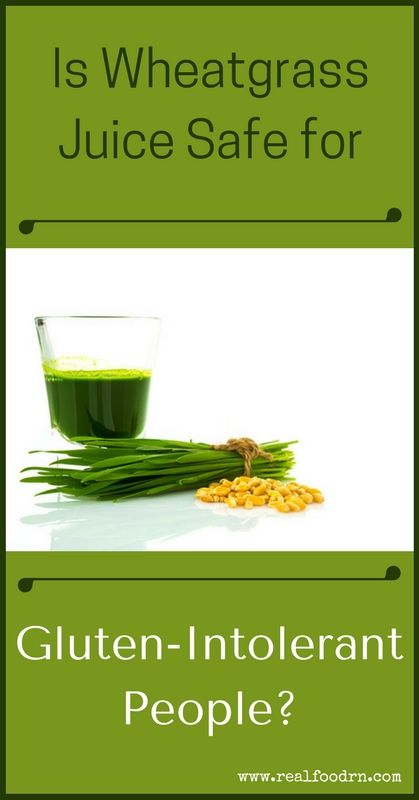







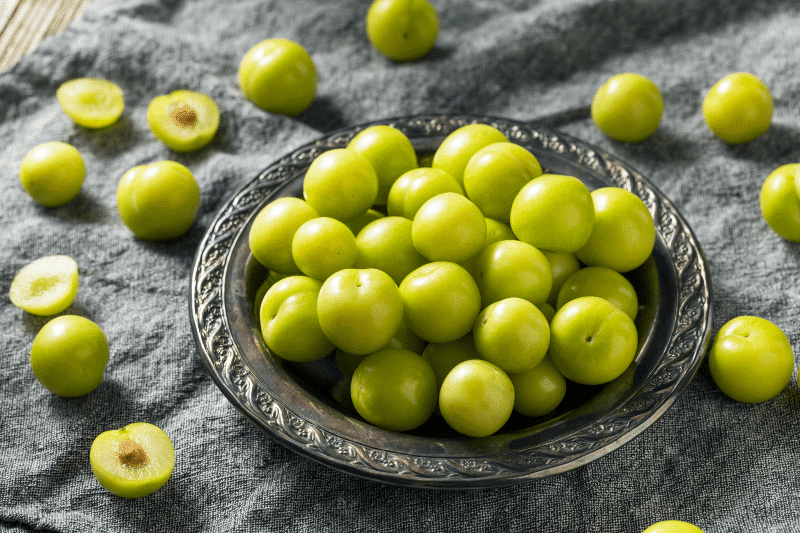
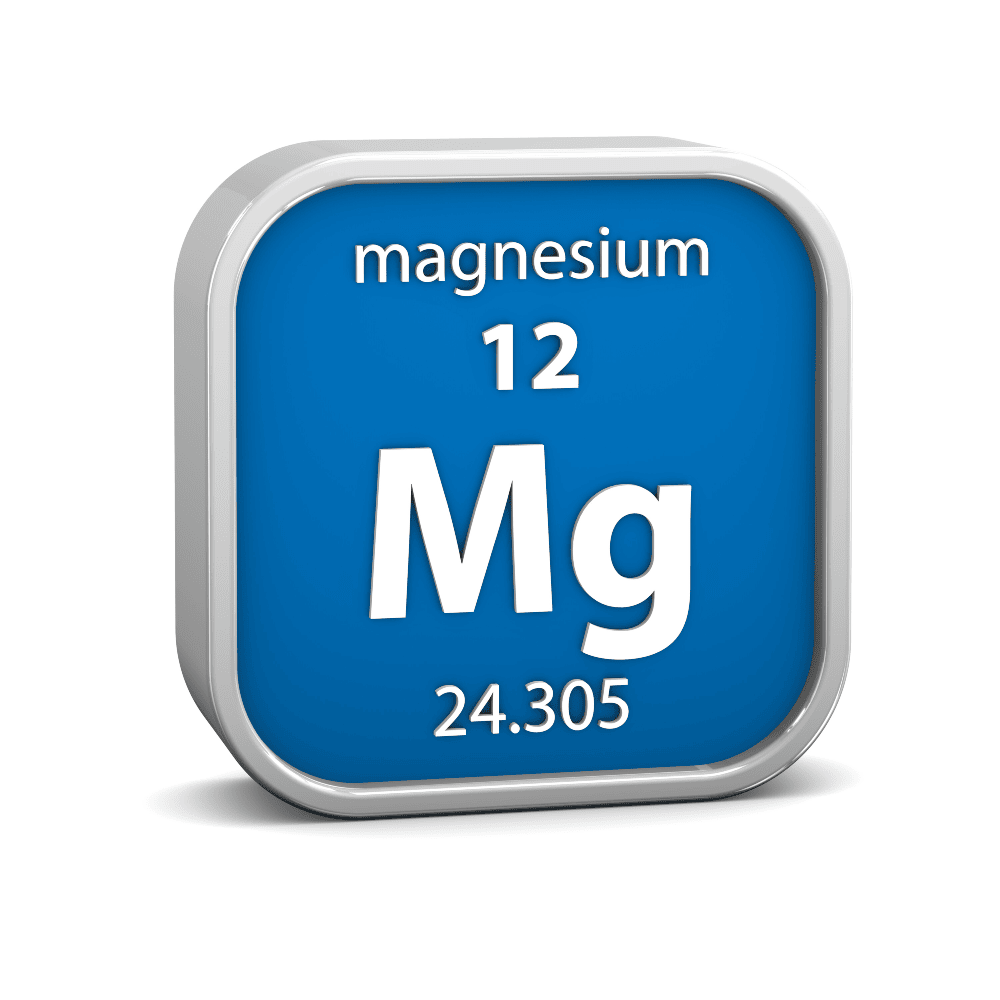
One Reply to “Is Wheatgrass Juice Safe for Gluten-Intolerant People?”